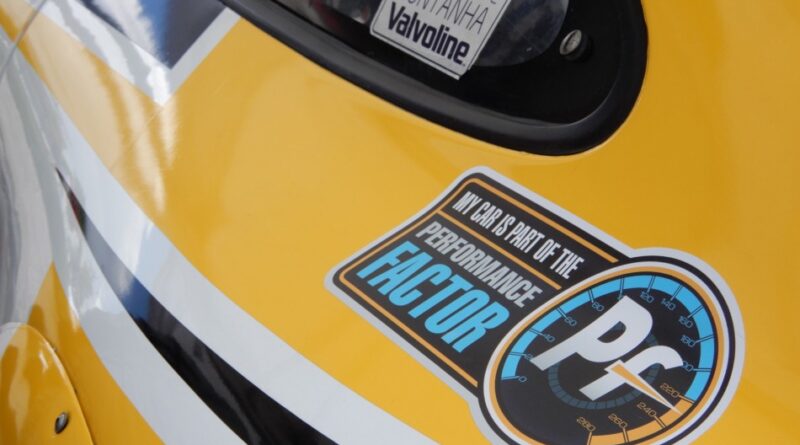Pf EXPANDING INTO CATEGORY 2
The Performance Factor, or Pf, the new classification methodology for Hill Climb cars continues to grow in its application across the national championships. Previously restricted to “production” cars, the “Pf” will soon be extended to prototypes and single-seaters. Initially in 2023, Pf will be applied to Category 2 on a trial basis in the European Hill Climb Championship, before full integration into the regulations in 2024.

The “Performance Factor” is a method of using easily measurable technical characteristics of cars to give them a “Pf” value, which is used to classify the cars into different groups. Competitors input data about their car that represent the factors affecting the car’s performance. This calculation uses these factors, racing weight, engine, aerodynamic, transmission and chassis parameters, to create the “Pf” value.
In addition to the European Hill Climb Championships, Pf is used in a dozen national championships in Europe and the Middle East, the most recent adopters being Austria, Luxembourg and Germany. Pf is opening a new era to define classes or groups in motosport and its principles may be used in other disciplines; actually some Slalom organizers already use it.
Pf in Category 1 is now well established, after three years of experimentation and two full seasons of European Championship use. The new 2023 version of the Pf for Category 1 will be available online within two weeks via www.fiaperformancefactor.com. This new version will require all drivers to obtain a technical sheet for their car, recognizable by the code “Y4” which will be associated with the Pf ID number.
For 2023 the minimum weight calculation for each Category 1 car is the major change. This replaces the stepped scale of minimum weight using engine capacity only. The new system is based on the Pf engine factor value, “Pfe”, using a graduated weight scale. Two weight scales will be introduced, depending on the level of safety equipment used in the car. The lower minimum weight scale will require the safety cage (rollcage) be Homologated by the FIA or Certified by an ASN, the seat is complying to the most recent FIA standards (FIA 8855-2021 or FIA 8862-2009) and the FIA fuel tank is within the defined perimeter of the safety structure. The minimum weight value is shown on the website calculation and on each car’s unique Pf technical sheet. This is an addition output to the competitors declared minimum ‘racing weight’.
Pf simulations conducted online will remain free of charge; however, a fee of €85 will now be charged for issuing the Pf technical sheets, payable from the website by credit card. This fee will be valid for the output of the first three technical sheets per driver during the year. Each additional technical sheet, beyond the first three for the same driver, can be obtained with payment of a 5€ fee.
The Hill Climb discipline now has dedicated technical regulations, Article 258 in Appendix J to the International Sporting Code. Category 1 cars use Article 258-1 (applicable from 1.1.2023) and Article 258-2 is dedicated to Category 2 cars (applicable from 1.1.2024).
In 2023, in the European Championship and International Hill Climb Cup, Category 2 cars will have to comply with a technical appendix to the relevant Sporting Regulations, which details requirements for, among other things, rev limits for naturally-aspirated engines, a 42.25 mm restrictor for turbocharged engines, the use of an FIA-approved data acquisition system, a new minimum weight scale and a minimum ground clearance of 45mm. Full regulations can be found at https://www.fia.com/regulation/category/738
Hill Climb Commission President Dusan Koblisek said: “The Performance factor methodology is becoming the backbone of Hill Climbing sport. Two technical working groups have been set up to help monitor its application for closed cars and its launch for Category 2 cars. The Pf undoubtedly helps the regional, national and international development of Hill Climb and gives the discipline a consistent and harmonised technical approach, with inclusive virtues.”

